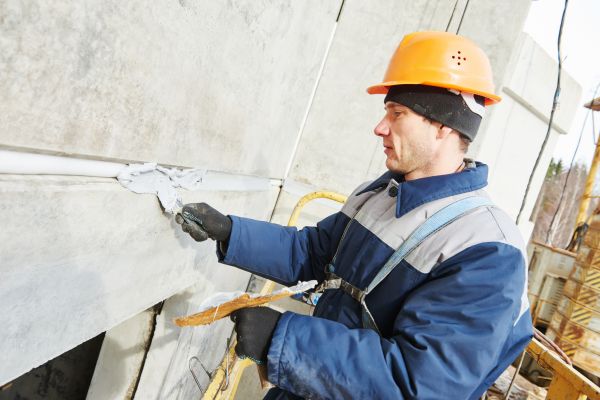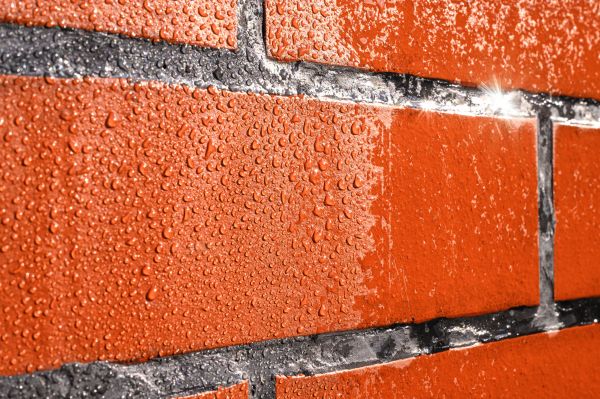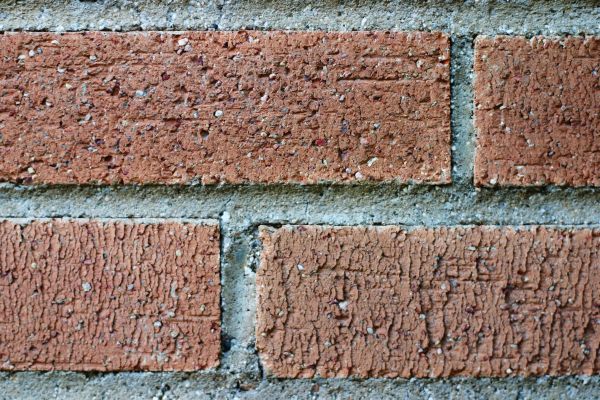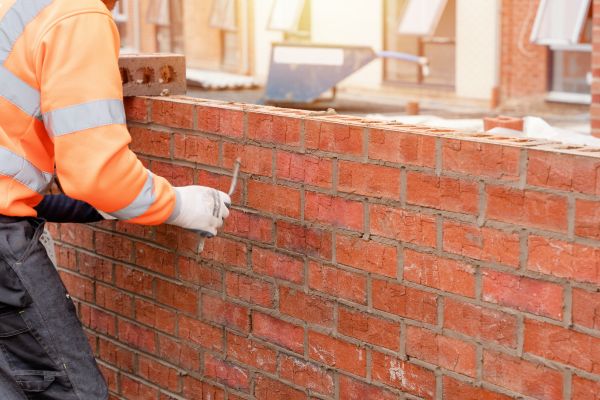Brick Joint Sealing Service
Affordable Brick Joint Sealing
Brick joint sealing is a crucial process in maintaining the integrity and appearance of brick structures. This involves applying a sealant to the mortar joints between bricks to prevent water infiltration, which can lead to significant structural damage over time. Without proper sealing, moisture can seep into the joints, causing the mortar to crack and deteriorate. This not only affects the aesthetic appeal of the brickwork but also its durability and strength. By ensuring that brick joints are properly sealed, the lifespan of the masonry is extended, preserving its beauty and functionality for years to come.
Benefits of Brick Joint Sealing
-
Enhanced Durability
Sealing brick joints significantly enhances the durability of brick structures. By preventing water and moisture from penetrating the mortar, the risk of erosion and damage is greatly reduced. This leads to a longer lifespan for the masonry, saving on costly repairs and maintenance in the future. -
Improved Aesthetic Appeal
A well-sealed brick surface maintains its original color and texture, contributing to the overall aesthetic appeal of the building. Sealing helps prevent unsightly stains and discoloration that can occur from water damage, keeping the brickwork looking fresh and new. -
Increased Energy Efficiency
Properly sealed brick joints can contribute to better insulation of buildings. By reducing drafts and preventing moisture ingress, sealing helps maintain a more stable indoor temperature, potentially lowering energy costs associated with heating and cooling. -
Protection Against Mold and Mildew
Water infiltration can lead to the growth of mold and mildew, which not only affects the structure but can also pose health risks. Sealing the joints effectively blocks moisture, reducing the likelihood of mold and mildew development.
FAQs About Brick Joint Sealing
What is the best time to seal brick joints?
The ideal time to seal brick joints is during dry weather conditions, typically in the spring or fall. This ensures the sealant adheres properly and cures without interference from rain or extreme temperatures.
How often should brick joints be sealed?
Brick joints should generally be resealed every 3 to 5 years, depending on the climate and exposure to elements. Regular inspection can help determine if earlier sealing is necessary.
Can I seal brick joints myself?
While DIY sealing is possible, professional sealing is recommended for optimal results. Professionals have the expertise and tools to ensure even application and thorough coverage, which can be challenging to achieve on your own.
What types of sealants are used for brick joint sealing?
There are various types of sealants available, including water-based and solvent-based options. The choice depends on the specific needs of the brickwork and environmental considerations. Consulting with a professional can help determine the best type of sealant for your project.
Fill out the contact form to request Brick Joint Sealing today and enjoy the benefits of enhanced durability, improved aesthetics, increased energy efficiency, and protection against mold and mildew.




